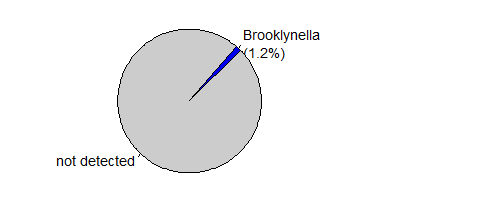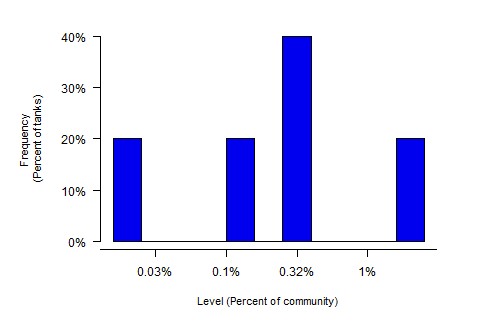Summary
Brooklynella, sometimes called Clownfish Disease, is a common fish disease in the saltwater aquarium hobby that we sometimes detect in clients’ tanks. The disease is caused by a ciliate protozoan called Brooklynella hostilis, which primarily infects the fish’s gills (and in some cases the skin).
It affects a wide range of fish but angelfish, seahorses, and clownfish may be especially susceptible. It can sometimes be treated effectively if caught early in the infection but because it often kills before visible symptoms develop, prevention is a more effective strategy.
Symptoms
- Behavioral changes including lethargy, hiding, and reduced feeding.
- Labored or rapid breathing
- Gray skin is noted in some cases
- This disease often kills without visible symptoms
Causes
The cause of this disease is well established. The parasite responsible is a a ciliate called Brooklynella hostilis, a member of the family Hartmannulidae.
Prevalence of Brooklynella in the hobby
This is one of the less common parasites we encounter in clients’ samples, showing up in less than 2% of samples we’ve tested.
Obligatory disclaimer: the numbers shown here do not necessarily reflect its overall prevalence in the hobby, since the set of tanks we’ve tested was not randomly chosen and may not be representative of the typical saltwater aquarium.


Treatments
- Repeated formalin dips
- Extended hyposalinity treatments (e.g. in a hospital or quarantine tank)
- Freshwater dips
Additional Resources
Testing for Brooklynella
You can test your tank for Brooklynella using the tankDNA test , which screens for eukaryotic parasites of all kinds. Because this often kills before visible symptoms develop, its better not to rely on symptoms to diagnose this one – test your tank today to be sure!
